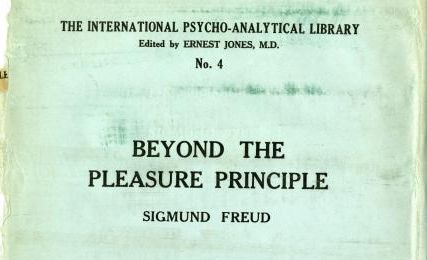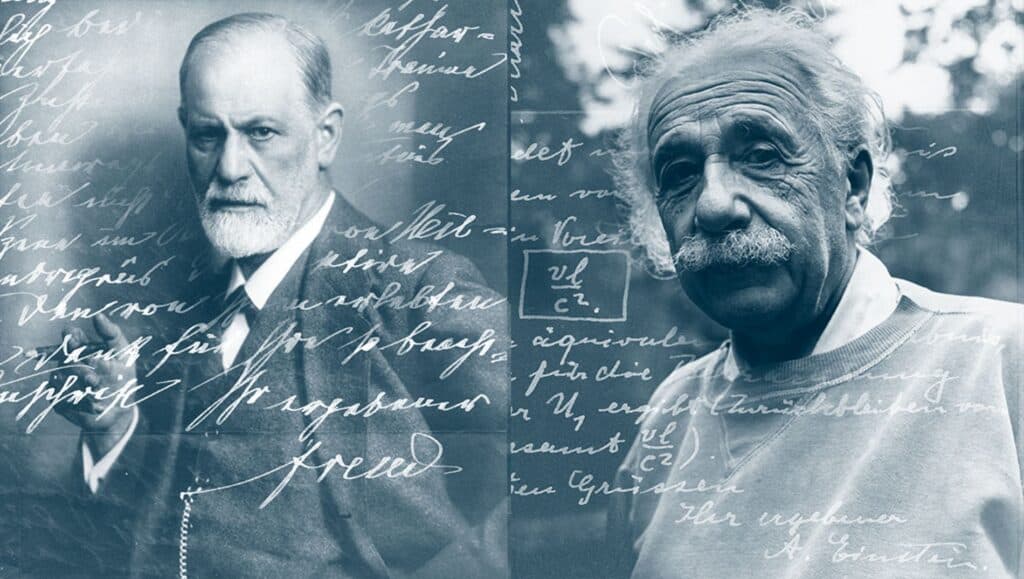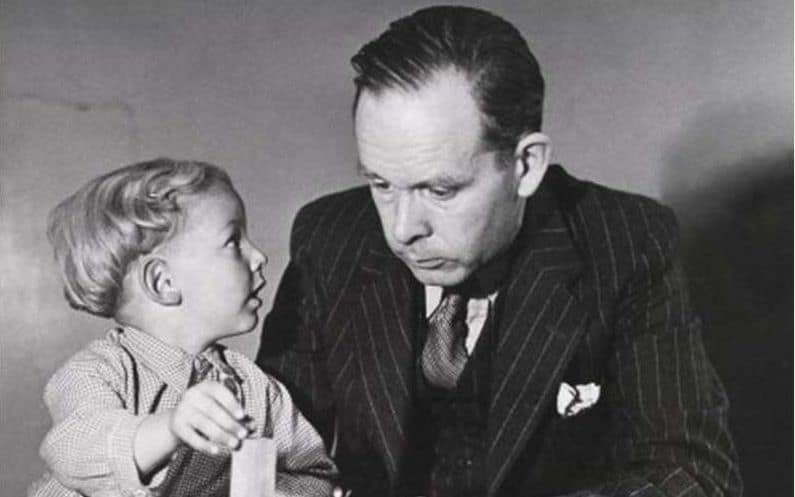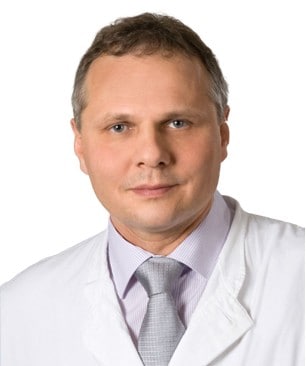Introduction. From Shell Shock to PTSD, History

The history of PTSD is the history of wars but at the same time the history of psychology dealing with the war trauma. The first psychological treatment for PTSD during World War I was Freudian psychoanalysis. Psychoanalysts did much of the research in the treatment of war trauma. The diagnosis of the war trauma evolved across the last century.
“Shell Shock” and “War Neurosis”
Firstly, during the WW I and between the wars the combat trauma was called “shell shock” or “war neurosis”. Later, during the WW II, the diagnosis was changed into “battle fatigue”.
The scientifically documented history of PTSD started during the WW I. During the “Great War” many analysts have experienced the trauma of “shell shock” in treating traumatized soldiers. Matthew Eder ran a hospital for shocked soldiers in Malta. Sandor Ferenzi worked with traumatized soldiers in Budapest; Max Eitingon and Karl Abraham in Berlin.
The trauma of World War II influenced many of the founders of psychodynamic psychology. Paradoxically, contact with war victims, including children helped develop theoretical foundations and effective treatment methods for PTSD.
Post Traumatic Stress Disorder (PTSD)
After the WW II everyone was hoping that war will never happen again. The research on the war trauma (synonymous to PTSD) stagnated. It started again in the 60ties during the Vietnam war. Since then, the trauma related to war or other severe traumatizing events has been called “Post Traumatic Stress Disorder” (PTSD). Along with establishing the diagnosis of PTSD also different therapeutic methods for this condition have been developed. Until today the most effective treatment for war trauma is the psychotherapy which has its roots in the Freudian psychoanalysis.
Freud, history of PTSD research
The formative figure in history of PTSD treatment and research was Sigmund Freud who developed the first psychotherapeutic treatment method called psychoanalysis. For Freud, the “Great War” was a traumatic experience. He was worrying not only about his three serving sons. The Spanish Flu pandemic struck Freud with tragic results. Sophie, Freud’s beloved daughter, died suddenly from the influenza while pregnant with her third child. Midst of such devastating events Freud worked on his paper “Beyond the pleasure principle”. The deprivation and losses of the war raised his scepticism about human nature. He realized how thin the layer of civilization in advanced European societies was.
Freud worked with soldiers returning from World War I. He and other psychoanalysts described the symptoms of combat trauma as war neurosis. Freud treated the traumatized soldiers with his own method, the psychoanalysis, at that time the only available psychological treatment.
Freud observed repetitive dreams and memories by the victims of war related to the traumatic experiences. He wrote: “dreams occurring in traumatic patients have the characteristic of repeatedly bringing the patient back into the situation of his accident”. This phenomenon observed by Freud is one of diagnostic criteria for today’s PTSD diagnosis.
“Beyond the Pleasure Principle”

The outbreak of shell shock among the soldiers challenged Freud’s thinking. On the one hand it demonstrated that neurotic symptoms such as stuttering, convulsions, and paralysis are of psychological nature. On the other hand, he challenged the main pilar of Freud’s early psychoanalytic theory, the purely sexual origin of neurosis.
The experience of World War I and his research on the war neurosis modified Freud’s position. Initially he assumed that the origin of neurosis was purely of sexual nature. In 1920, in his book “Beyond the Pleasure Principle”, he added the existence of the “death instinct”, called also “‘Thanatos”‘, opposite to the “life instinct” or “Eros”. At first, Freud was sceptical about the existence of the “death instinct”. The first concept assuming the existence of the “death instinct” was already published in 1912. A Russian psychoanalyst and Freud’s collaborator Sabina Spielrein emphasised in her paper “” the importance of the destructive tendencies in human psyche. By a paradoxical coincidence Spielrein and her two daughters became later victims of WW II.
Freud’s change of paradigm
In his book “Beyond the Pleasure Principle”, Freud put forward the concept of the “death instinct” standing in the opposition to the “life instinct”. With this acknowledgment he changed the paradigm of his own psychoanalytic theory in which initially he identified only one “instinct” called “libido”. He defined libido as the vital energy or driving force of all human desires and actions and was convinced of its exclusively sexual nature.
Freud created an important landmark in the history of research on the war neurosis respectively PTSD. He concluded that the self-preservation and the tendency toward creative, life-producing drives is contradicted by the death drive. He wrote, “The purpose of all life is death.”
The inspiration and turning point for Freud’s “modified version” of psychoanalytic theory was the assumption of two opposing tendencies in human nature. The drive to unfold and preserve life contrasts with the urge to destroy others, ourselves, and even to destruct the civilization. Human history, consisting of epochs of creation interrupted by violence, war, and destruction, seems to support Freud’s pessimistic hypothesis.
A letter from Freud to Einstein

Why war? In 1932 Freud received an anxious letter from Albert Einstein asking him if there is a way of freeing humankind from the aggression and threat of war? Taking in consideration the destructive drive in humans, Freud presented rather pessimistic outlook for the future of mankind. Freud wrote in his letter to Einstein: “Conflicts of interest between man and man are resolved, in principle, by recourse to violence. It is the same in the animal kingdom, from which man cannot claim exclusion; nevertheless, men are also prone to conflicts of opinion, touching, on occasion, the loftiest peaks of abstract thought…”
Anna Freud, PTSD treatment for children
Freud’s daughter, Anna Freud worked during the WW I in a nursery for children. She continued her work during and after the WW II treating the war orphans. She became one of the founders of the psychoanalytic child psychology alongside Melanie Klein. During WW II she observed the effect of deprivation of parental care in children. She set up a centre for young war victims, called “The Hampstead War Nursery”. The underlying idea was to give children the opportunity to form attachments by providing continuity of relationships.
Melanie Klein
Melanie Klein’s first attempts at child analysis coincided with the violent revolution in Hungary in 1919. During this time, her son Erich’s play and day-dreams were full of scenes with murdering soldiers and maimed fathers returning from the front.
Donald Winnicott

Winnicott (born 1896) was a paediatrician and psychoanalyst and a leading figure in the field of object relation theory. Winnicott received his medical degree in 1920 and worked as a paediatrician and child psychoanalyst at Paddington Green Children’s Hospital in London. Trained at a military hospital in Cambridge and serving in the Navy, he described the confrontation with death as a defining trait of his generation.
A mother “good enough”
Winnicott’s ideas were derived from Melanie Klein’s theories. He believed that the psyche of a child develops in relation to a real, influential parent. His emphasis on the mother as a “good-enough mother” who relates to the child with “primary maternal preoccupation” is central to the healthy development of the child’s self. Winnicott argues that ” the foundations of child’s health are laid down by the ordinary mother in her ordinary loving care of her own baby”. According to Winnicott, a failure of the mother to provide a “holding environment” can lead to the development of a “false self”. The false self is a defence mechanism that is created when the child’s real self is not recognized or acknowledged by the mother. The false self is a facade that the child presents to the world not being able to recognize its true self.
Holding environment
Winnicott became one of the key figures in the history of PTSD treatment. During World War II, he served as a paediatrician for the Child Evacuation Program. Winnicott’s paediatric research on traumatized children led to the development of his concept of a “holding environment”.
In contrast to other psychoanalysts using Freudian terms such as “Ego” and “Id”, Winnicott used the term “Self” to refer to both. The term “Self” was previously established by Carl Gustav Jung. However, Winnicott used it in a different context. For Winnicott, feeling real, being in touch with oneself and other was essential to life. The feeling of being alive and authentic in mind and body, expressing spontaneous emotions allows people to connect with others and develop their creativity.
John Bowlby, history of PTSD and the child trauma in WW II

The war affected not only adults but also children like John Bowlby, who became later psychiatrist and psychoanalyst. Bowlby at the age of seven at the outbreak of War II, was sent away to boarding school. Over this time, he barely saw his father. His childhood experiences influenced his later studies on child development. Bowlby’s research leading to his “attachment theory” became one of the most formative discoveries related to the child psychology. It was the “milestone” in the history of PTSD treatment.
The attachment theory
Newborns develop strong bonds with their care takers, which reflects the child’s need for safety, security and protection. Such affectional bond is the crucial prerequisite for the formation of a sound child’s personality. It creates for the child the safe base from which it can explore the world.
Bowlby’s attachment theory holds that children instinctively attach themselves to their caregivers to survive. The presence of a supportive attachment figure is of crucial importance during the early years of a child’s development. The fears in children exposed to danger, decreases trough the access to a secure figure.
Separation trauma

The quality of the emotional relationship between caregivers and children overweighs the importance of time amount spent. The biological mother is usually the primary caregiver, but anyone who behaves “like a mother” can fulfil this role. This means that the bond between child and caregiver is not defined by “blood”. The primary caregiver may also be a father, grandmother, or another person who provides the necessary social involvement and most of the childcare.
Separation stress occurs when a caregiver is unavailable or unresponsive. John Bowlby established that the profound grief exhibited by children upon losing their primary caregiver is a natural reaction to their innate dependence on her presence. In infants, physical separation causes fear and anger, followed by sadness and despair.
Although children usually manage to endure this ordeal, they often do so by adopting a defensive stance of emotional detachment. They tend to become excessively self-absorbed and self-reliant. As a result, they may harbour lingering doubts about their ability to elicit care and affection, and their demean or may appear odd and aloof. Such behaviour can make it difficult for them to form close relationships with others.
Bowlby’s research emphasized the devastating effect of child separation contributing to the understanding of PTSD.
From Shell Shock to PTSD

At the end of the war a debate about the origin of PTSD between Freud’s followers and the military psychiatrists engaged. The first were downplaying the emphasis on the external stimuli causing the “shell shock” respectively “battle fatigue” defending its infantile origins. This discussion continues until today.
Today we forgot the fact that psychoanalysis helped to understand the close and complex relation of physical illnesses to states of mind. In the history of PTSD research, the psychoanalysis was the first, early method for the treatment of “war neurosis”.
After the WW II the interest and the research on war trauma stagnated. First the Vietnam war shifted again the attention to the combat related trauma. The American Psychiatric Association (APA) coined the term “Post Traumatic Stress Disorder” and integrated it as a psychiatric diagnosis into the diagnostic system (DSM). In fact, much of the available published research regarding PTSD is based on studies done on veterans of the war in Vietnam.

DR. GREGOR KOWAL
Senior Consultant in Psychiatry,
Psychotherapy And Family Medicine
(German Board)
Call +971 4 457 4240
